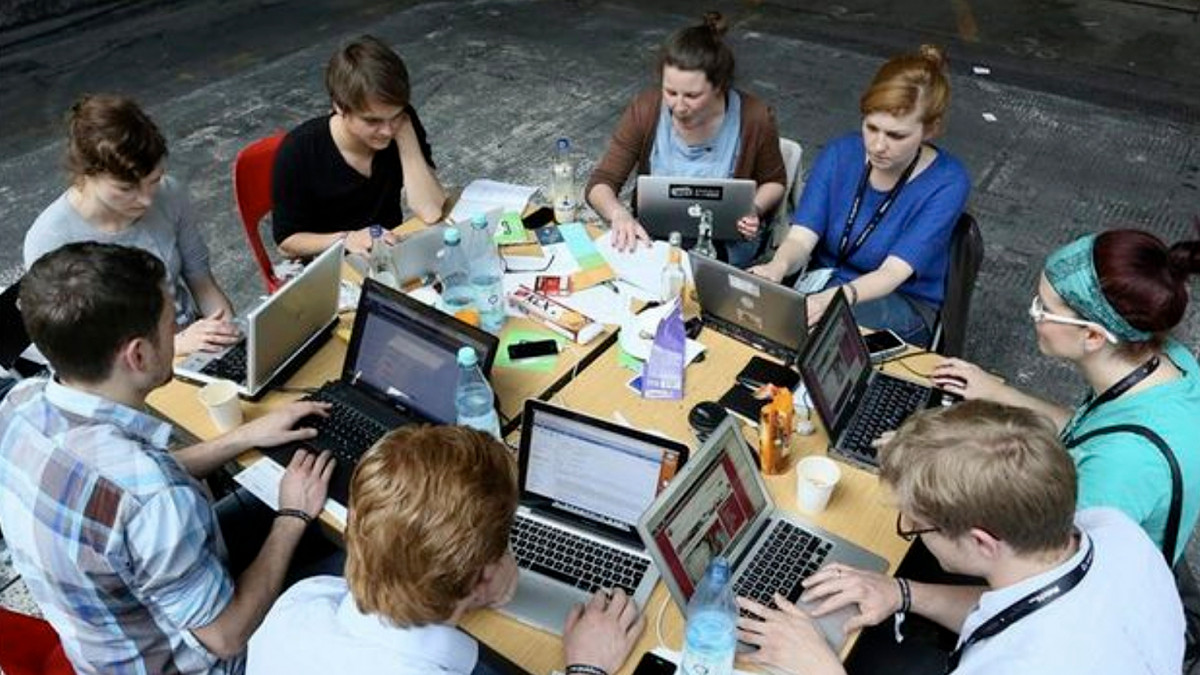Youth, Pandemic, and Digital Revolution
Juan E. Notaro
Executive President of FONPLATA – Development Bank
One of the statements we heard most at the beginning of the pandemic was that “COVID does not affect young people”. Unfortunately, the virus’ Delta variant and the economic consequences of the health emergency have proven that such statement was not completely right.
Although it is true that young bodies have a better immune response, the evolution of the virus, the fact that the most vulnerable populations were prioritized for vaccination, and the less cautious attitude of young people regarding health measures lead to an increase in hospitalizations of youth and children.
But what concerns me most as head of a development institution are the economic consequences of the pandemic on people between the ages of 15 and 24, especially in Latin America, and particularly in South America.
A recent study by the Economic Commission for Latin America and the Caribbean (ECLAC) indicates that more than half of the young people who stopped working due to the health crisis did so due to discharge or to the closure of companies, or yet because the confinement measures truncated their ventures or their informal jobs.
The same document points out that the average employment rate in this age group fell by about 8% in the first months of the pandemic, with very painful economic and emotional consequences.
The ECLAC also indicates that among individuals between the ages 18 and 29 that do not have access to the labor market in the region, 11% are men and 33% women, many of the latter engaged in unpaid activities such as unpaid care, among others. The picture is even worse among indigenous and African descendant women.
As a paradox, the pandemic also served as a framework for an unprecedented expansion of an area in which the youth have great advantages. I am referring, of course, to digital platforms and solutions.
A study by the consulting firm McKinsey indicates that the “leap” in the adoption of new platforms and technologies (and the growth of some of the already existing ones, such as e-commerce) was of five years forward.
That is, platforms, solutions, apps, working methods that we would not have seen or incorporated into our daily lives until 2025. The impacts of this phenomenon are already being felt. Many companies are already adjusting to the fact that telecommuting, for instance, is here to stay.
So, if the young population was severely affected by unemployment and one of the sectors that grew the most during the pandemic is precisely the one that young people know best, what should we do as a society?
If youth job loss disproportionately affected women, which actions should we take to correct this inequality?
The answer is obvious: let's take advantage of the enormous development of online education platforms, for instance, to train young people in the work tools of the future. Let's use their creative potential to drive new technology-based ventures, let's open the door to funding this type of initiatives.
The gender gap, also in the digital sector, demands specific actions: to ensure that young women and girls have devices and access to the internet to explore training and employment possibilities as well as access to essential services.
Let's foster careers in science, technology, engineering, and mathematics (STEM) among women and girls so that they can also be part of this digital revolution and be fully incorporated into the hyperconnected world.
The challenge is to do it, and to do it right, in a politically, geographically, and socially heterogeneous region. In addition, this effort requires significant investments in infrastructure, development of new systems, approval of new legal frameworks, especially in the employment arena.
It also requires creativity to expand possibilities in a region where most of the investments and technological developments are concentrated in transport platforms and home deliveries (especially food).
In other words, the post-pandemic future must be digital, and highly creative, and must involve young people and women. Those of us who work in development organizations must focus on ensuring the conditions to make it possible.
Text originally published in the monthly column of Huffington Post.
Consulted sources:
https://www.mckinsey.com/business-functions/mckinsey-digital/our-insights/the-covid-19-recovery-will-be-digital-a-plan-for-the-first-90-days
https://blogs.worldbank.org/education/reimagining-youth-skills-development-inclusive-recovery
https://www.cepal.org/es/noticias/la-pandemia-ha-acentuado-la-incertidumbre-contexto-exige-que-jovenes-desarrollen
https://www.eleconomista.com.mx/empresas/Pandemia-Covid-19-golpea-fuertemente-empleo-juvenil-en-America-Latina-y-el-Caribe-Cepal-20210408-0043.html
https://www.ilo.org/caribbean/newsroom/WCMS_774028/lang--en/index.htm
09/13/2021

